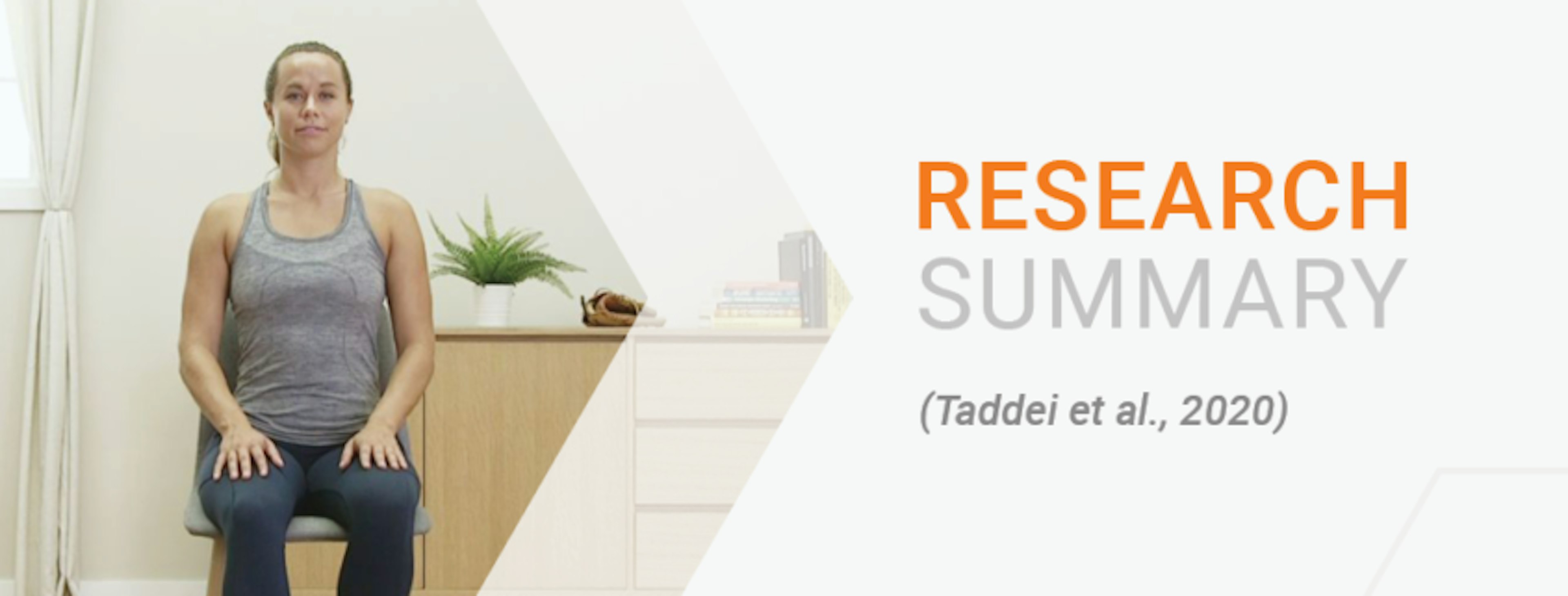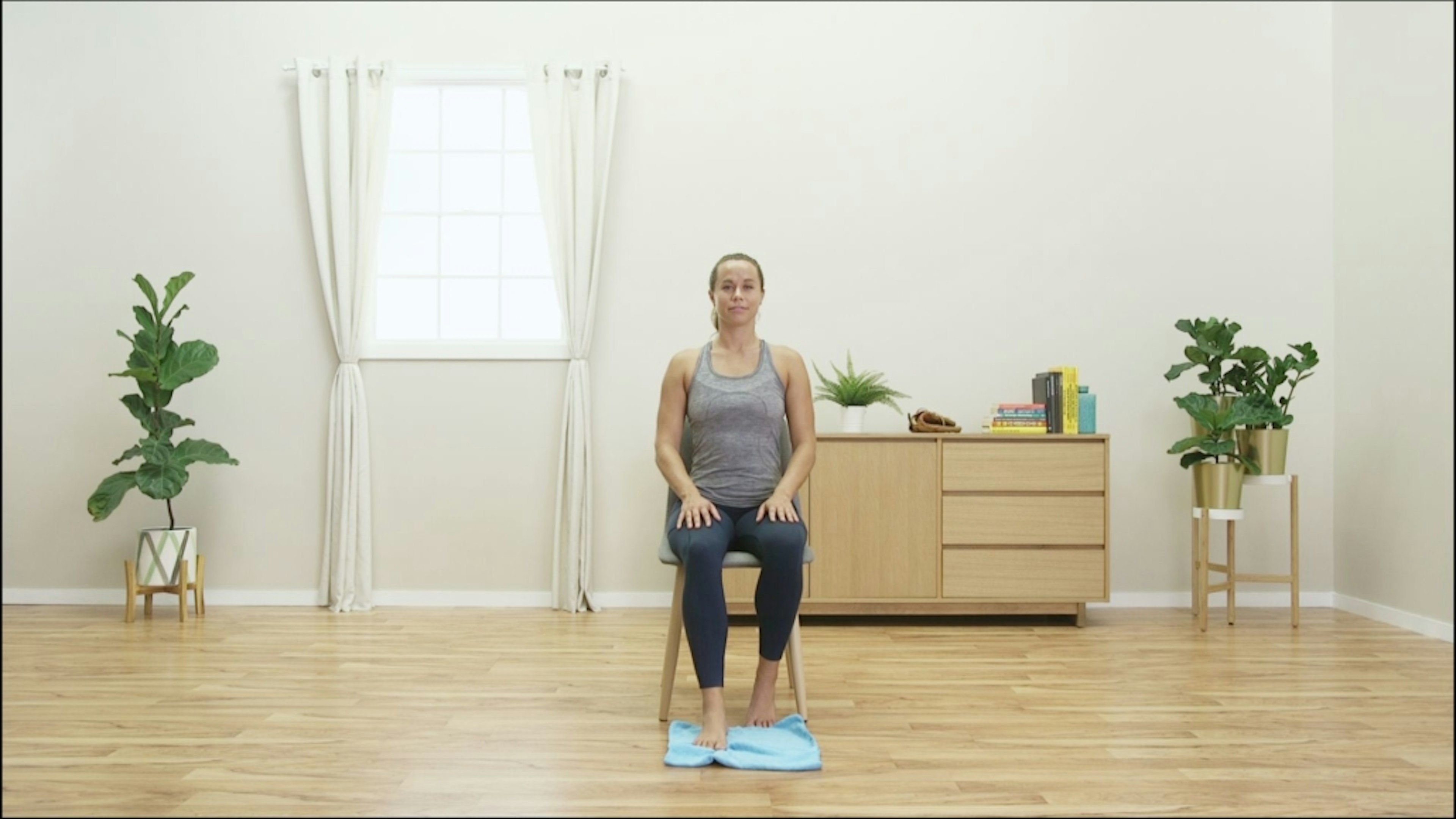Are there recommended exercises to prevent running-related injuries?

Original research title: Foot core training to prevent running-related injuries: A survival analysis of a single-blind, randomized control trial
Authors: Taddei, U. T., Matias, A. B., Duarte, M., Sacco, I. C. N.
Year: 2020
Definitions:
- ‘Running-related injuries’: any musculoskeletal pain or injury caused by running practice that induces changes in the form, duration, intensity, or frequency of training for at least 1 week with an intention to-treat plan of analysis” Taddei et al., (2020)
Purpose
Running-related injuries (RRIs) in long-distance runners can reach an annual incidence rate as high as 79.3%. RRIs are defined as “any musculoskeletal pain or injury caused by running practice that induces changes in the form, duration, intensity, or frequency of training for at least 1 week with an intention to treat plan of analysis” Taddei et al., (2020). This is including injuries such as hamstring strains, shin splints, foot blisters and any others that are a result of running.
The consequences of RRIs can potentially lead to interrupting or ending the participation of recreational runners. Common preventative treatments such as warm-up, cool down stretches lack scientific evidence and to date no satisfactory treatment has been developed to prevent RRIs.
Taddei et al. (2020), aimed to investigate the effectiveness of a foot core strengthening protocol in preventing running-related injuries in recreational long-distance runners. The study was a single-blind randomised controlled trial where participants were followed up over 1 year.
Takeaway
It was hypothesised that a foot core training exercise protocol could reduce and prevent RRIs. Previously, it has been established that foot muscles play intrinsic roles in softening impact and propelling the body forward during running. The study found that the strengthening of foot-ankle musculature via the foot core strengthening protocol reduced the risk of resulting in an RRI.
Future studies should focus on investigating the efficacy of the program against specific types of RRIs rather than in general. More research is required to obtain a more concrete understanding of the underlying mechanisms of the injuries and the subgroup of runners who might benefit more from the protocol.
Ultimately, practitioners must use their sound clinical reasoning to select the most appropriate exercises that are tailored to the clients’ needs.
Key findings
- The intervention group were 2.42 times less likely to experience RRI within 1 year of study period compared to the control group.
- The foot exercise program showed effectiveness in RRI risk reduction for recreational runners as early as 4 to 8 months of training.
- It was also revealed that the higher the Foot Posture Index (FPI), the longer it took to develop an RRI.
- Time to Injury was also significantly correlated with foot strength gain scores.
Read the full research paper here.
How can TeleHab help?

A copy of the foot protocol is found in this study. Click here.
The foot core strengthening protocol has a variety of exercises that can be found in TeleHab.
